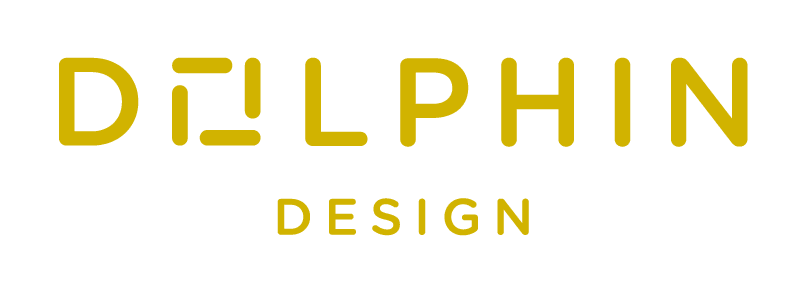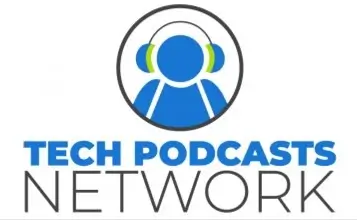 Ultra-low-power AI chips can revolutionize the way companies build IoT smart devices and power artificial intelligence capabilities. In this conversation, Vincent Huard, the CTO of Dolphin Design, discusses the company’s focus on developing ultra-low power chips for various applications, including power management, audio, and AI.
Ultra-low-power AI chips can revolutionize the way companies build IoT smart devices and power artificial intelligence capabilities. In this conversation, Vincent Huard, the CTO of Dolphin Design, discusses the company’s focus on developing ultra-low power chips for various applications, including power management, audio, and AI.
The challenge of power consumption
One of the main challenges in implementing cutting-edge AI is power consumption. High power requirements raise costs and limit the scalability of innovative devices. Dolphin Design’s ultra-low-power AI chips address this issue by significantly reducing power consumption, making it more feasible to deploy AI-enabled devices in real-life scenarios.
These revolutionary plug-and-play chips provide energy-efficient solutions that can run on battery power for extended periods and can even operate without a battery at all, a key factor in their adoption. Dolphin Design aims to attract customers in the imaging, microcontroller, and MPU industries who want to incorporate AI into their devices in a cost-effective manner.
Low-power chip applications
There are a lot of practical use cases for these chips. In smart buildings, they can be used to count the number of people in a room and adjust heating or cooling accordingly. In retail, the chips can track customer movement and analyze their interests, helping businesses optimize product placement. The chips can also be used in urban planning to monitor bike paths or count the number of bicycles passing through a specific area.
The chips have potential applications in safety and disaster management, as well. For instance, they can replace manual car clickers used to count traffic on roads, providing more accurate and reliable data. They can also be deployed in isolated areas to detect wildfires and send alerts, enabling faster response times and potentially saving lives.
Low-cost, scalable IoT solutions
One area where low-cost, scalable IoT solutions can have a significant impact is in the management of sensors and data transfer in smart city applications. The scalability issues associated with sending sensor information over the network can be costly in terms of data transfer and data center expenses. However, these scalability issues can be effectively managed with ultra-low power chips.
Low-power consumption IoT solutions are beneficial when it’s hard to provide power, as the battery-powered chips offer a cost-effective alternative to running cables over long distances. These chips can also incorporate renewable energy sources, making these solutions even more efficient and sustainable.
Conclusion: Low-power smart chips are a win for afforidable IoT
Dolphin Design sees two main prospects for their smart chip: chip manufacturers and system makers. Chip manufacturers can license the AI chips’ intellectual property (IP) to incorporate into their own chips, while system makers can collaborate with the company to develop specialized chips.
Dolphin Design’s low-cost, scalable IoT solutions offer a transformative, energy efficient, cost-effective approach to implementing AI at a larger scale. With their wide range of applications and integration possibilities, these solutions have the potential to revolutionize industries and contribute to the development of smart cities and other IoT applications.
For those interested in learning more about low-cost, scalable IoT solutions, Dolphin Design is ready to help. They offer both IP licensing and design services, making it possible for companies without chip design teams to still benefit from these solutions. Dolphin Design’s website provides more information about their offerings and capabilities.
Interview by Todd Cochrane of Geek News Central.
Get $5 to protect your credit card information online with Privacy.
Amazon Prime gives you more than just free shipping. Get free music, TV shows, movies, videogames and more.
The most flexible tools for podcasting. Get a 30 day free trial of storage and statistics.
Podcast: Play in new window | Download
Subscribe: Apple Podcasts | RSS | More
